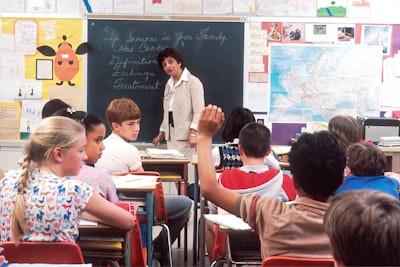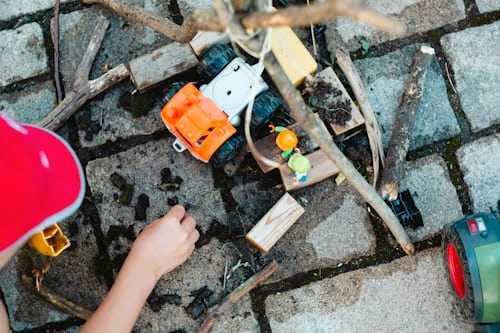This Is What Happens When We Close Doors On Creativity In The Classroom
forbes.com
6 ideas
·1.92K reads
15
Learn more about productivity with this collection
How to use storytelling to connect with others
The psychology behind storytelling
How to craft compelling stories
A natural love of curiosity
Creativity can be defined as having the ability to take new imaginative ideas and turning it into reality.
When the natural love of curiosity is not allowed to blossom, we lose when it comes to potential talent and entrepreneurship.
33
393 reads
Creativity levels are dropping
Research was conducted to test the creativity in children over a period of twenty years. The results showed the proportion of people who scored at the genius level of creativity:
Amongst 5-year-olds: 98%
Amongst 10-year-olds: 30%
Amongst 15-year-olds: 12%
The same tests were given to 280,000 adults who averaged 31-years-old. Their creativity levels were down to 2%.
37
177 reads
Little room for creativity in the classroom
Most of our public schools still run on an industrial model - like a factory, where children are put into boxes according to age and ability.
This process of schooling follows the framework of historical education processes and procedures, such as standardized tests, and learning from a one-size-fits-all curriculum. It is closing the doors on passion, imagination, discovery, and problem-solving, leaving little room for creativity.
32
143 reads
Education History
- In the 18th-century, Common schools emerged and provided education to students of all ages. Parents paid for their chid's tuition and provided housing for the teacher.
- By 1900, 31 states required students between the ages of 8-14 to attend public schools. By 1918, all students had to complete elementary school.
- In the late 18th-century, European factory-type education came to the surface and was adopted in North America in the mid19th century. Student outcomes were designed to meet societal needs.
39
900 reads
Set children up to explore creativity
In 2015, The Every Student Succeeds Act (ESSA) ended federal interference in State standards. ESSA was supposed to unleash a "flood of innovation" in states and districts across the country.
However, it is hard to measure creativity and innovation. Only when we
- let kids discover their internal paths of interest,
- use their imaginations,
- explore creativity,
- stop all unnecessary rote memorization and standardized testing
will we set children up to thrive and change the world.
34
157 reads
Missed opportunities
When we remove critical parts of a curriculum that lead to creativity - such as free play, music, art, recess, and gym - we can quickly squash a child's passion.
As parents and teachers, it is our place to encourage creativity. Our job is to lead and guide by example, by letting our kids discover, embrace, and change their world. We should not step in too much or take over and interrupt the love of learning.
30
151 reads
CURATED BY
More like this
4 ideas
The Creativity Post | Knowing When to Say Nothing
creativitypost.com
10 ideas
8 ideas
8 Inspirational Quotes for Teachers From History's Greatest Educators
wabisabilearning.com
Read & Learn
20x Faster
without
deepstash
with
deepstash
with
deepstash
Access to 200,000+ ideas
—
Access to the mobile app
—
Unlimited idea saving & library
—
—
Unlimited history
—
—
Unlimited listening to ideas
—
—
Downloading & offline access
—
—
Personalized recommendations
—
—
Supercharge your mind with one idea per day
Enter your email and spend 1 minute every day to learn something new.
I agree to receive email updates

